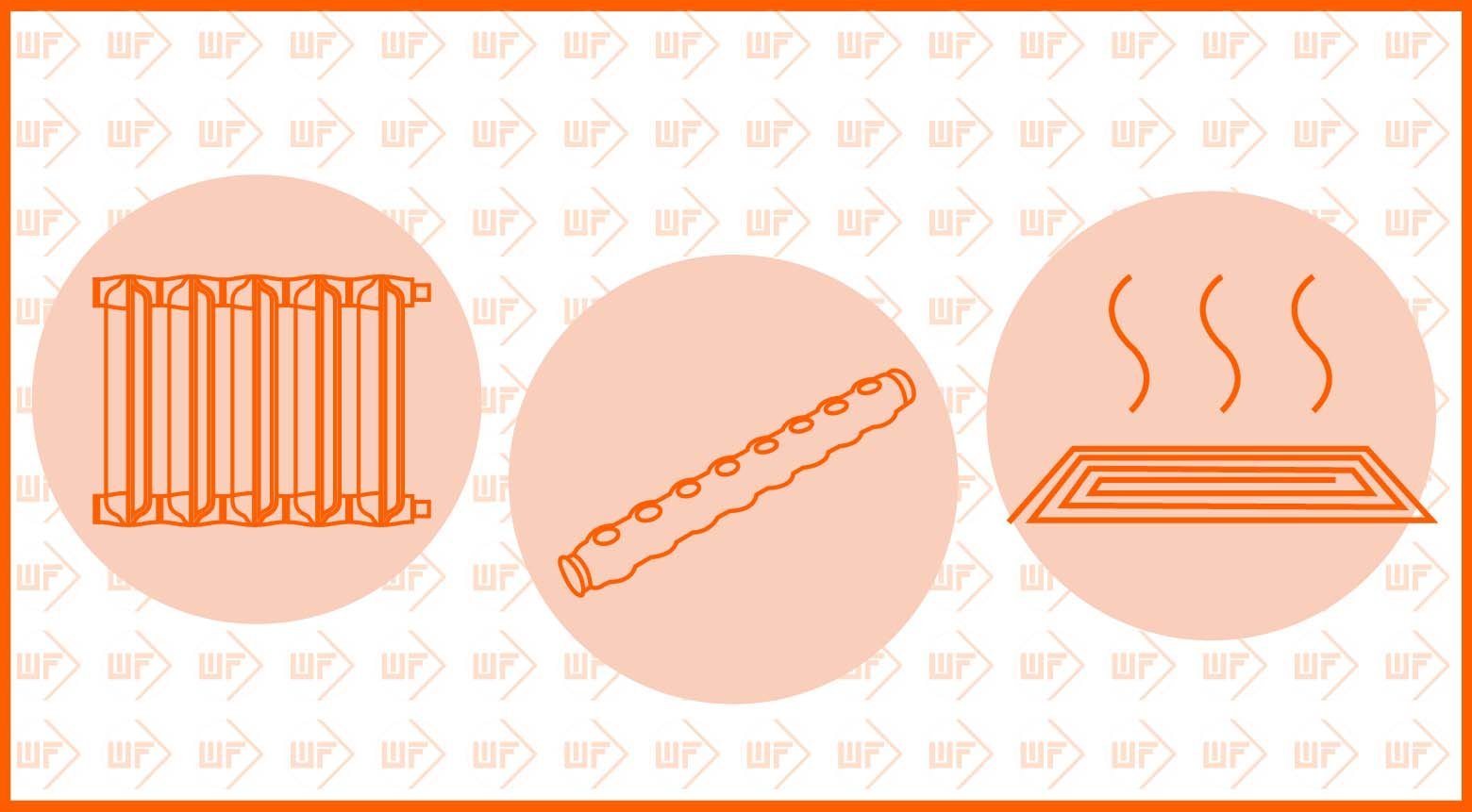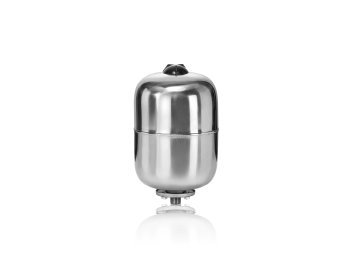Radiator or underfloor heating? Two systems and one element in common: the manifold.
Designing a heating system requires expertise and care. The function of stainless steel manifolds as a strategic choice.
- The main requirements for a heating system are heat distribution and no waste
- Radiator and radiant floor heating systems are the most common types. In both cases, heating collectors play a strategic role in the distribution of hot water
- Stainless steel heating manifolds have all the advantages of this environmentally friendly, high-performance material.
It is automatic: as soon as the cold weather arrives, thoughts inevitably turn to the comfort of a well-heated home. After all, maintaining the correct temperature during the coldest months, especially in the rooms where we spend the most time, is very important for our well-being. Having a well-designed heating system is essential, as demonstrated by the discomfort that immediately manifests itself in our bodies when the temperature in a room drops below 19° C.

Heating system: the most common types.
Designing an efficient and sustainable heating system is no small matter. It requires technical expertise, the ability to advise on the most suitable solutions and maximum attention to all system components.
The latter consists of the heat generator, the distribution network, the terminals and the control system. For each of these components it is possible to choose between different proposals, and for this reason the advice of a specialised technician is essential. In a previous article we mentioned the advantages of a condensing boiler over a traditional boiler, in terms of energy savings and lower CO2 emissions.
Here we want, instead, to consider two types of system that have different emission terminals: the radiator system and the underfloor system. The first is the more traditional one, while the second one is becoming so widespread that it is often considered the standard in new buildings.
Radiator heating system and underfloor heating system: how they work.
In a radiator heating system, the water heated by the boiler passes through the radiators, heating them in turn so that they release heat to the room. For this to occur, the water temperature fluctuates between 60°C and 80°C and it is necessary to calculate well the number of radiators required to meet the heating needs of the house.The underfloor heating system, on the other hand, uses the principle of radiation. Closed loops of pipes are attached to insulating panels placed in the floor screed. Water heated by the heat generator flows through the loops, at a temperature of between 25 °C and 40 °C. In this way, the floor will not be too hot but will still be able to heat the room. If you then run cold water at a temperature of 10 °C in summer, the system can also function as a cooling system.
A curiosity: the radiant floor heating system, which has become very popular in recent times due to the homogeneity of the heat produced and the freedom provided by the absence of radiators, has its origins in the distant past.
Already in Roman times, villas were equipped with the so-called HYPOCAUSTUM, a system of tunnels where hot air was conveyed. However, we owe the idea of replacing air with hot water to some British designers in the early 20th century.
The strategic function of heating manifolds.
Both radiator and underfloor heating systems require the integration of manifolds for the distribution of hot water or, more precisely, for the management of hot water supply and cold water return pipes.Heating manifolds have several advantages:
- they maintain an optimal flow rate of the thermal fluid;
- they ensure even heat distribution;
- they facilitate maintenance, making it easier to intervene in the event of system problems;
- allow the system to be functionally adapted to requirements, since they can incorporate valves or other control elements, such as flow meters.
Hydraulic manifolds also allow several zones or heating circuits to be connected, enabling independent temperature regulation and ensuring greater energy efficiency. The hydraulic separator is nothing more than a manifold that divides the primary circuit of the circulator from the secondary circuits of the distribution, thus ensuring their independence in terms of temperature and flow rate.
For all these reasons, opting for stainless steel heating manifolds, with their characteristics of resistance, reliability and low pressure drops, can be a strategic choice in several respects.

























